Mitigation Training: Empowering HR to Tackle Unconscious Bias
One of the most effective tools in achieving these goals is unconscious bias mitigation training. In this blog, we will explore what unconscious bias mitigation training is, the key components of effective training programs, share success stories of organisations that have improved diversity through training, and offer guidance for HR professionals on advocating for and implementing these programs within their organisations.
What is Unconscious Bias Mitigation Training?
Unconscious bias mitigation training, often referred to as implicit bias training, is an educational program designed to help individuals recognize and reduce their unconscious biases. These biases, deeply ingrained prejudices that operate at a subconscious level, can influence decision-making, perpetuate stereotypes, and hinder diversity and inclusion efforts. The primary objectives of this training are:
Awareness: Help individuals become aware of their biases and understand how they manifest in thoughts, behaviours, and decision-making.
Mitigation: Provide strategies and techniques to reduce the impact of unconscious bias on judgments and interactions.
Promotion of Inclusion: Encourage a more inclusive workplace where all employees are treated fairly and equitably.
The components of effective training programs against unconscious bias.
Effective unconscious bias mitigation training programs share common components that HR professionals should look for when choosing or designing training initiatives:
1. Customization: Tailor the program to the organization’s specific needs, industry, and workplace culture.
2. Interactive Learning: Incorporate interactive elements such as case studies, group discussions, and real-life scenarios to engage participants.
3. Expert Facilitators: Utilize trained facilitators who can lead discussions, provide insights, and answer questions.
4. Self-Reflection: Encourage participants to engage in self-reflection to understand their own biases and how they might affect their work.
5. Ongoing Support: Provide resources and follow-up sessions to ensure that participants can continue applying their knowledge.
6. Measurable Outcomes: Implement assessments and metrics to evaluate the effectiveness of the training.
Success stories of organisations that have improved diversity through training.
Several organisations have demonstrated the power of unconscious bias mitigation training in enhancing diversity and inclusion:
1. Google: Google’s unconscious bias training, called “Unbiasing,” has been instrumental in reducing bias in hiring and promotions.
2. Salesforce: Salesforce initiated “Equality Circles” to engage employees in discussions about unconscious bias and promote inclusion.
3. Facebook: Facebook’s “Managing Bias” training helps employees recognize and address their biases in the workplace.
Unlock Top Talent Today! Join DEIjobs for the Best Candidates!
Join DEIjobs to connect with a diverse talent pool, including candidates with disabilities, women, LGBTQ+ candidates, war veterans, and women on a career break.
How HR professionals can advocate for and implement training in their organisations.
HR professionals play a vital role in advocating for and implementing unconscious bias mitigation training within their organisations. Here are some steps to get started:
1. Assess Needs: Understand the specific needs and challenges of your organisation regarding diversity and inclusion.
2. Build a Business Case: Develop a compelling business case for training, emphasising its potential to enhance workplace culture, innovation, and productivity.
3. Engage Leadership: Gain support from top executives and leadership to demonstrate a commitment to these initiatives.
4. Select the Right Program: Choose a training program that aligns with your organization’s goals and culture.
5. Promote Employee Involvement: Encourage employee participation and ensure that training is accessible to all.
6. Measure and Adjust: Continually assess the impact of the training and make adjustments as needed.
In conclusion, unconscious bias mitigation training is a powerful tool that empowers HR professionals to tackle bias and promote diversity and inclusion within their organizations. By customising training, implementing effective programs, sharing success stories, and advocating for these initiatives, HR can lead the charge in creating more equitable and inclusive workplaces. Ultimately, such efforts benefit not only the employees but also the organisation’s success and reputation.





